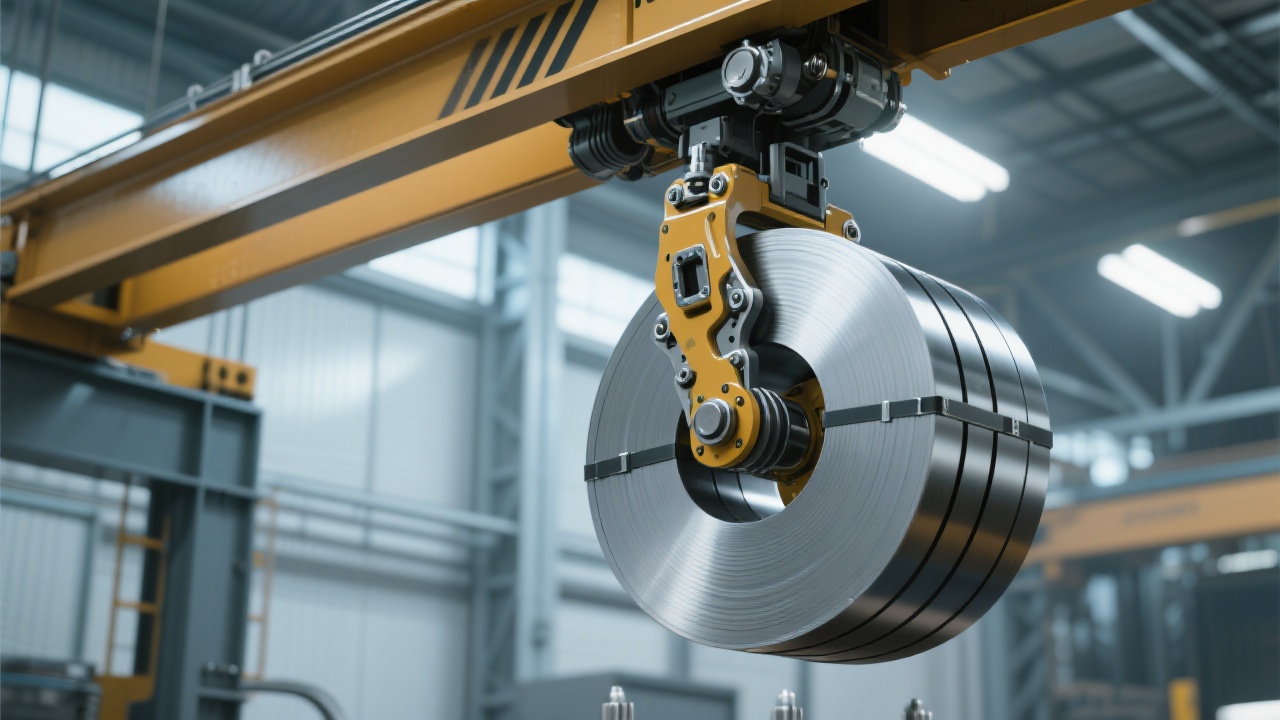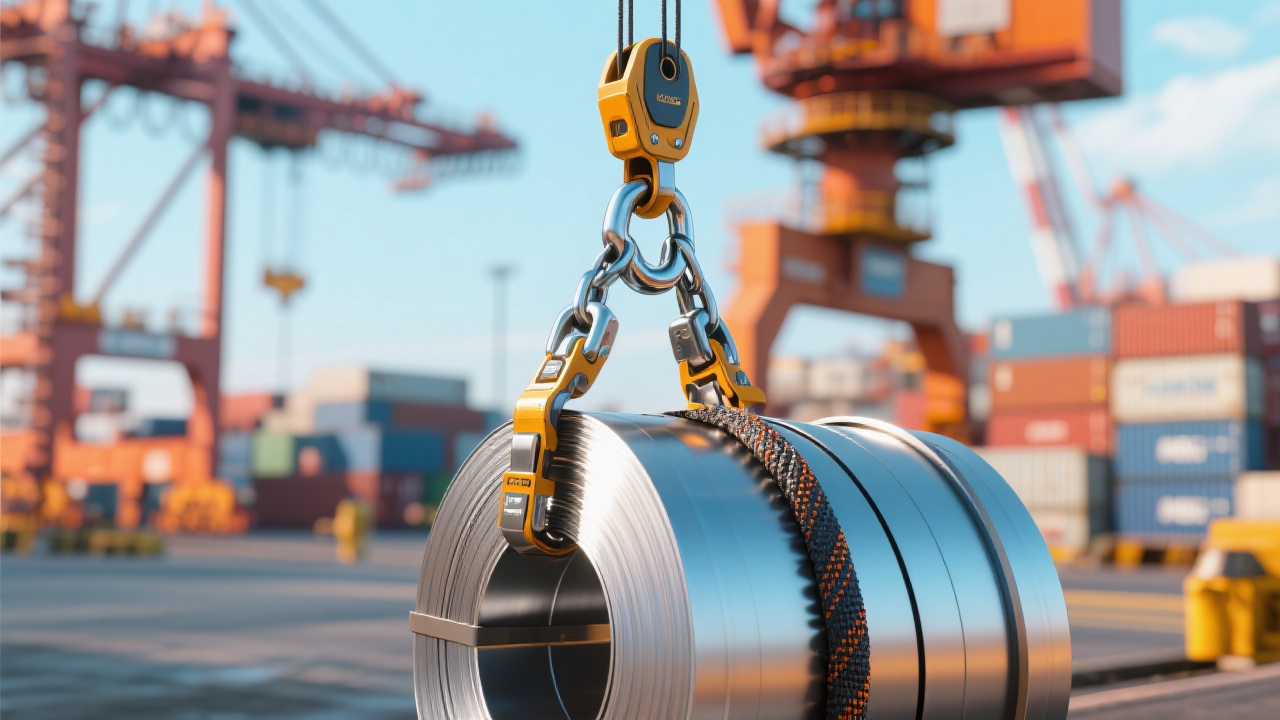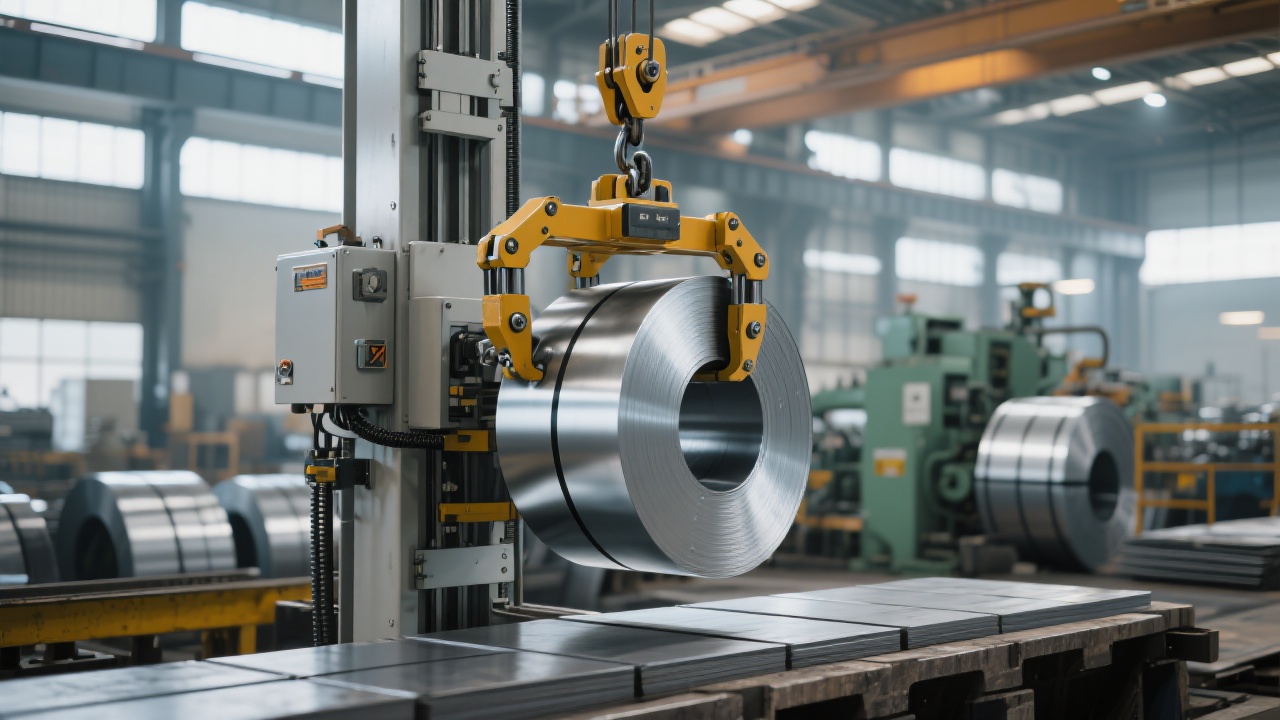
In the port handling sector, selecting the right steel billet clamp is critical to improving operational efficiency and ensuring workplace safety. Dalian Taiding Heavy Industry has developed high-strength alloy steel clamps that excel in meeting the demanding needs of port logistics, offering lifting capacities ranging from 8 to 550 tons. This guide delves into the comparative advantages of hydraulic and mechanical driven clamps, providing procurement managers and technical engineers with a comprehensive understanding of their performance and ideal applications.
Taiding’s steel billet clamps are engineered from high-strength alloy steel, ensuring exceptional durability and resistance to wear in harsh port environments. These clamps support a broad lifting capacity spectrum—starting at 8 tons and scaling up to 550 tons—to accommodate various cargo sizes and weights.
Multiple drive systems are supported by these clamps, enhancing their versatility. Both hydraulic and mechanical driving mechanisms allow adaptation to different operational setups. This flexibility positions the clamps as reliable solutions in industries such as construction, metallurgy, and container port logistics.
| Feature | Hydraulic Driven Clamps | Mechanical Driven Clamps |
|---|---|---|
| Operational Principle | Uses fluid pressure to actuate clamp jaws for smooth, adjustable grip. | Utilizes mechanical linkages and levers powered manually or by crane motion. |
| Ease of Operation | Offers precise control with minimal manual intervention; user-friendly controls. | Simple design but requires operator skill and regular mechanical adjustments. |
| Safety Features | Equipped with integrated limit switches and pressure sensors to prevent overloading. | Mechanical safeties such as locking cams; higher reliance on manual checks. |
| Application Environment | Ideal for high-frequency, heavy-duty operations like steel mill logistics and demanding port crane work. | Best suited for moderate workload conditions and sites where hydraulic maintenance is challenging. |
| Maintenance & Reliability | Requires hydraulic system upkeep, but offers longer service cycles with professional maintenance. | Lower complexity reduces system failures; mechanical wear parts need timely replacement. |
To put these differences in perspective, we examine three typical scenarios:
These cases underscore how choosing the right drive mechanism can drastically influence operational safety and throughput.
Safety remains paramount in port logistics. Taiding clamps incorporate advanced features such as:
These features collectively minimize accidents and support compliance with international safety regulations.
Taiding Heavy Industry delivers industry-leading guarantees:
This support framework helps customers maintain consistent, high-performance operations.
To enhance comprehension across technical and managerial teams, Taiding provides multi-modal instructional content:

This pedagogical approach caters to varying expertise levels, building knowledge from foundational awareness to expert-level trust.
Selecting between hydraulic and mechanical driven steel billet clamps hinges on your operational priorities:
Considering your actual operating environment, maintenance capacity, and safety imperatives will guide you to the most effective choice.

At Dalian Taiding Heavy Industry, innovation coupled with rigorous quality control ensures you receive clamps that not only meet but exceed industry norms.


